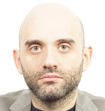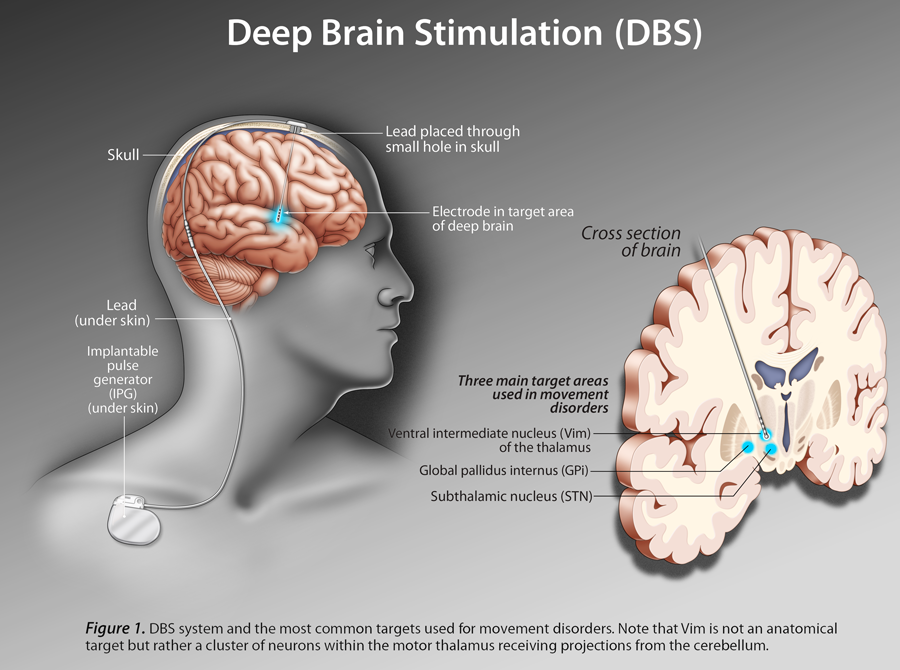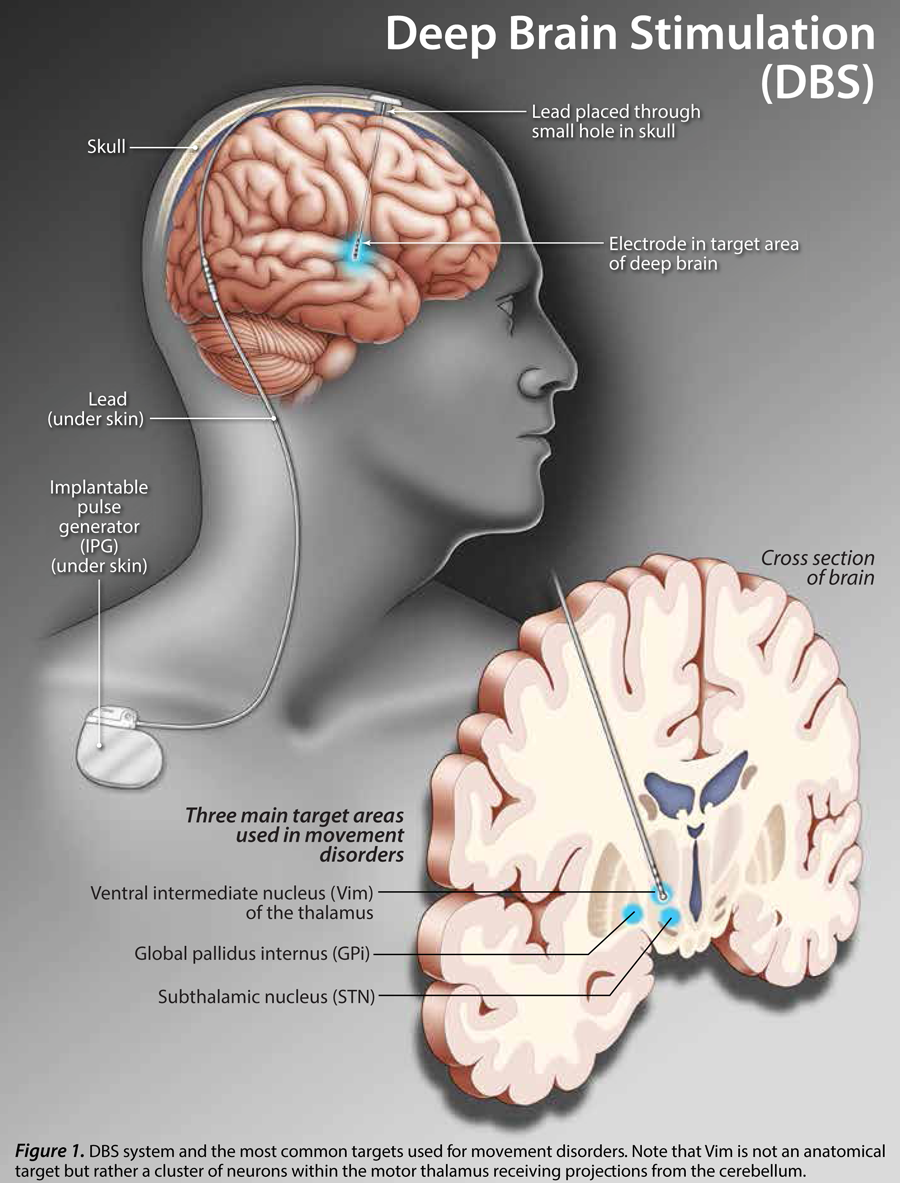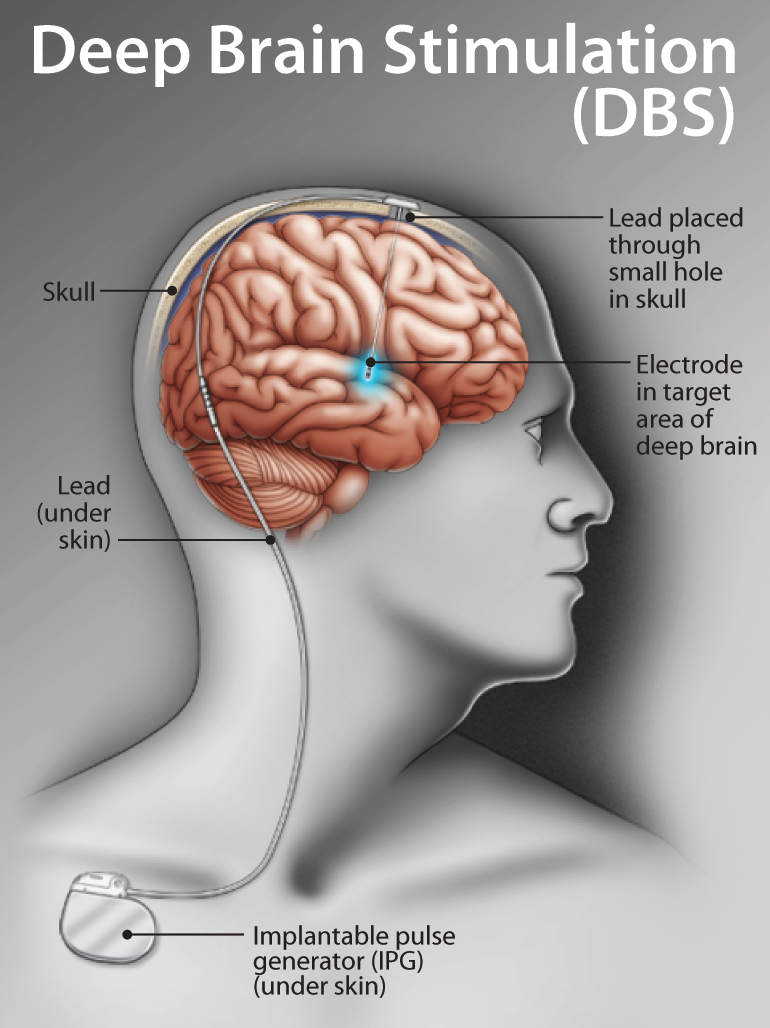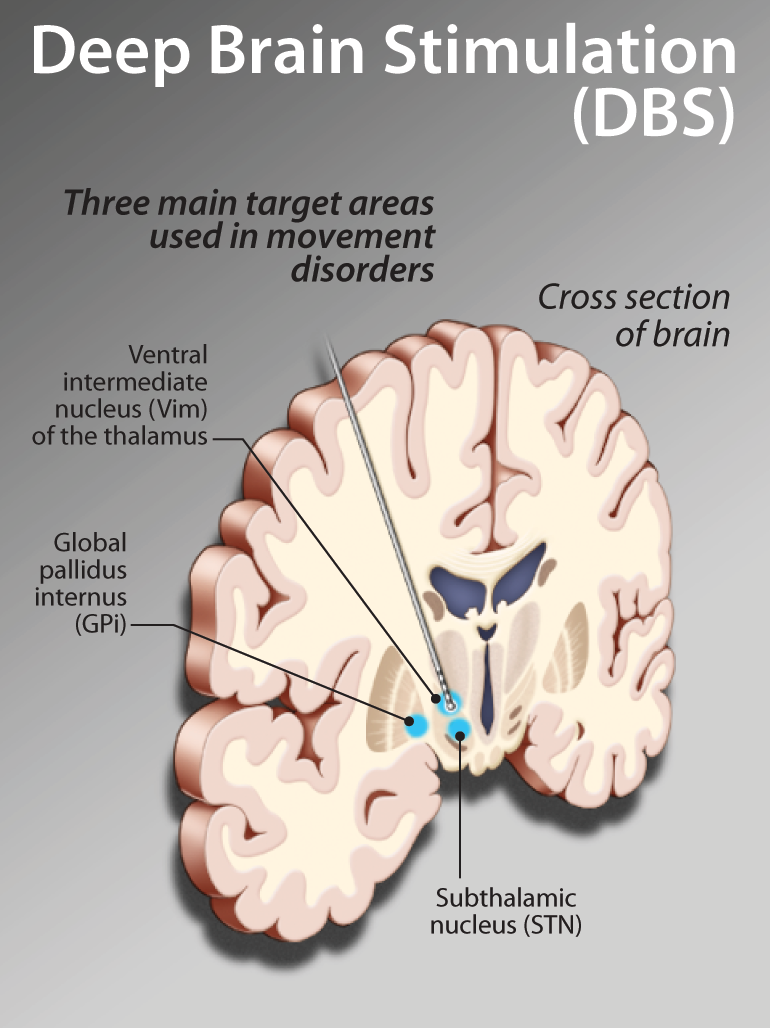Deep Brain Stimulation
Disclaimer:
This article was published as part of Managing the Health of Your Aging Patient: Therapies that Could Help Improve Quality of Life eCME resource.
The development of Managing the Health of Your Aging Patient: Therapies that Could Help Improve Quality of Life eCME resource was supported by an educational grant from Medtronic Canada.

